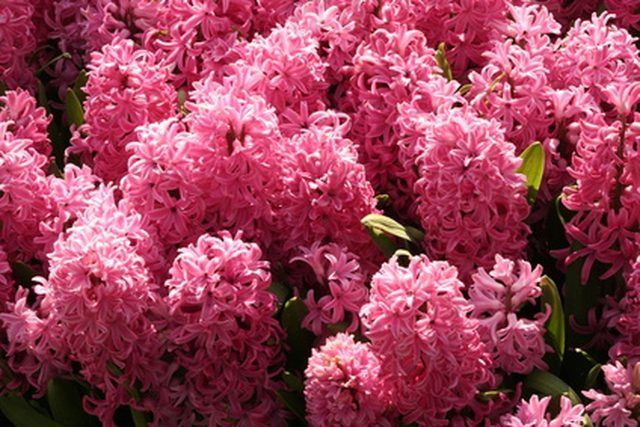Bulbs
Flower Basics
Flower Beds & Specialty Gardens
Flower Garden
Garden Furniture
Garden Gnomes
Garden Seeds
Garden Sheds
Garden Statues
Garden Tools & Supplies
Gardening Basics
Green & Organic
Groundcovers & Vines
Growing Annuals
Growing Basil
Growing Beans
Growing Berries
Growing Blueberries
Growing Cactus
Growing Corn
Growing Cotton
Growing Edibles
Growing Flowers
Growing Garlic
Growing Grapes
Growing Grass
Growing Herbs
Growing Jasmine
Growing Mint
Growing Mushrooms
Orchids
Growing Peanuts
Growing Perennials
Growing Plants
Growing Rosemary
Growing Roses
Growing Strawberries
Growing Sunflowers
Growing Thyme
Growing Tomatoes
Growing Tulips
Growing Vegetables
Herb Basics
Herb Garden
Indoor Growing
Landscaping Basics
Landscaping Patios
Landscaping Plants
Landscaping Shrubs
Landscaping Trees
Landscaping Walks & Pathways
Lawn Basics
Lawn Maintenance
Lawn Mowers
Lawn Ornaments
Lawn Planting
Lawn Tools
Outdoor Growing
Overall Landscape Planning
Pests, Weeds & Problems
Plant Basics
Rock Garden
Rose Garden
Shrubs
Soil
Specialty Gardens
Trees
Vegetable Garden
Yard Maintenance
How to Transplant Hyacinth Bulbs
How to Transplant Hyacinth Bulbs. Spring flowering hyacinth grows from an underground bulb structure. The bulbs store everything the plant needs to grow and bloom the following year by collecting nutrients during the current year's flowering and foliage period. After three or more years in the bed, hyacinth may cease to bloom or produce fewer...

Spring flowering hyacinth grows from an underground bulb structure. The bulbs store everything the plant needs to grow and bloom the following year by collecting nutrients during the current year's flowering and foliage period. After three or more years in the bed, hyacinth may cease to bloom or produce fewer flowers than normal. When this occurs, it is time to dig up, divide and transplant the hyacinth. You may also need to transplant these perennial bulbs to a new bed as your garden design changes over time.
Things You'll Need
Shears
Spading fork
Trowel
Compost
Bulb fertilizer
Mulch
Cut back the foliage to ground level with a pair of shears once it has yellowed and died back on its own. Hyacinth foliage dies back approximately six weeks after flowering, but you may also mark the bulb location with plant markers and transplant the bulbs in fall about six to eight weeks before the first expected frost.
Loosen the soil around the bulbs with a hand-held spading fork. Work down into the soil 6 inches then slide a trowel under the bulbs and lift them from the ground.
Brush the excess soil off the bulbs. Inspect them for signs of damage or disease, such as small, shriveled bulbs, soft rot spots or open wounds. Discard any damaged bulbs.
Inspect the bulbs for offsets, which are smaller, new bulbs attached to the main hyacinth bulb. Twist the bulb and offset in opposite directions until they snap apart. Offsets can be transplanted with the existing bulbs, supplying you with more flowers.
Lay a 2-inch layer of compost over the new bulb bed, which must be located in a full-sun location. Apply a flowering bulb fertilizer at the rate recommended on the label then till both the fertilizer and compost into the top 6 to 8 inches of the soil.
Plant hyacinth bulbs so that the bottom of the bulb sets 6 to 8 inches beneath the soil surface. Sow with the pointed side of the bulb facing upward. Space bulbs 6 inches apart in clusters of three to five bulbs, spacing the clusters 10 inches apart.
Water immediately after planting, supplying enough moisture to wet the top 6 to 8 inches of the garden bed. Lay a 2-inch layer of mulch over the bed to preserve moisture and to protect the newly planted bulbs over the winter.
Tips & Warnings
Dig hyacinth in early summer once the foliage dies and store them in a cool, dry location for two to three months if you can't transplant them right away.
Do not transplant hyacinth bulbs when the foliage is still green. This prevents them from storing nutrients properly and can lead to the death of the bulb.